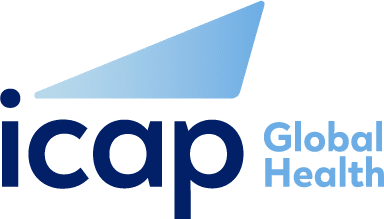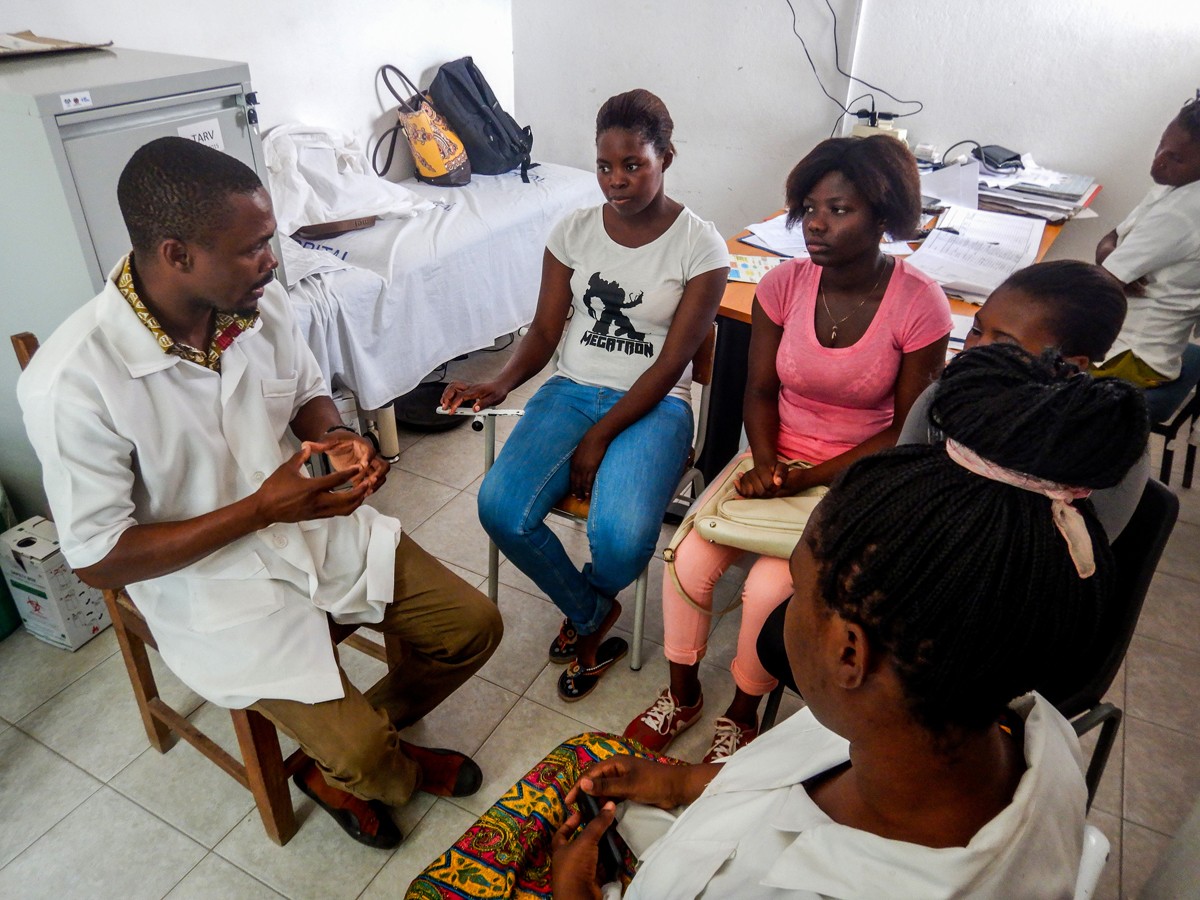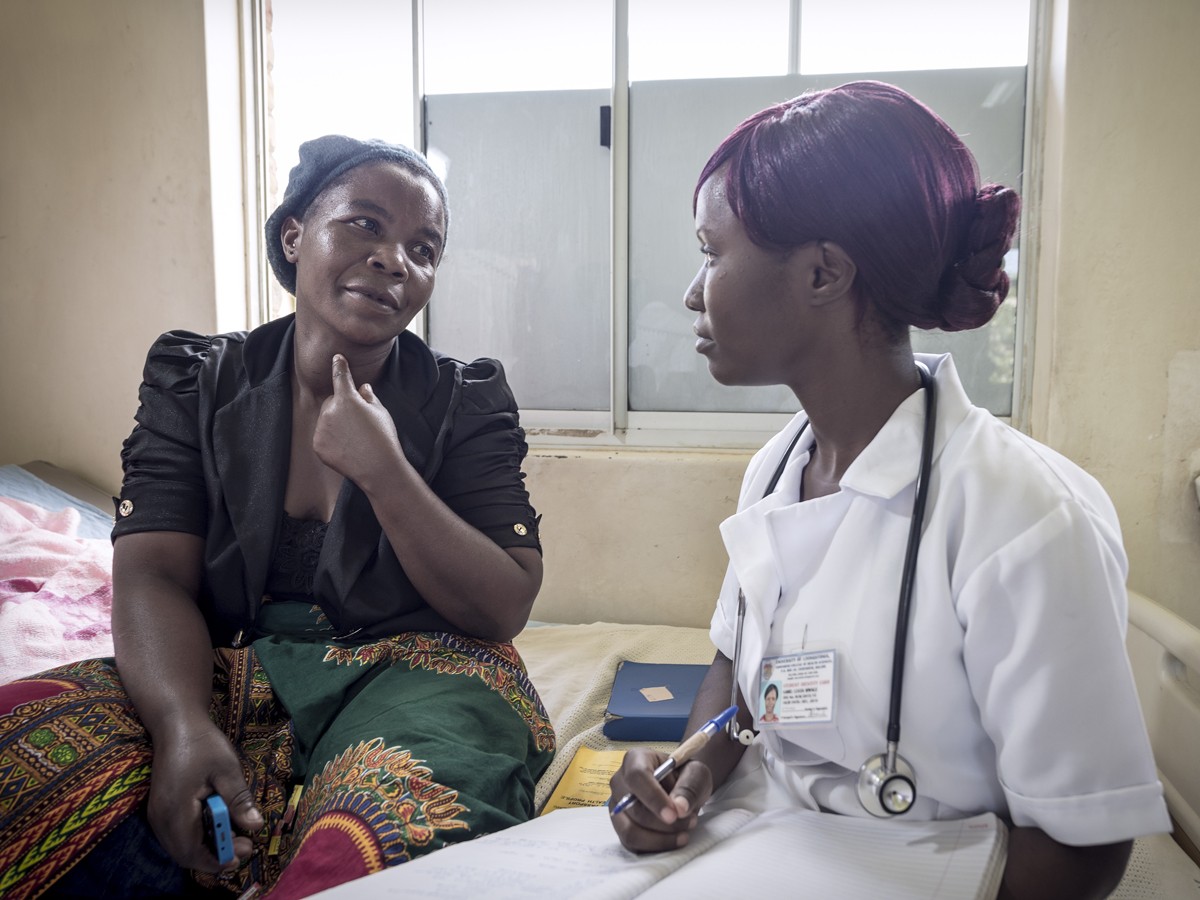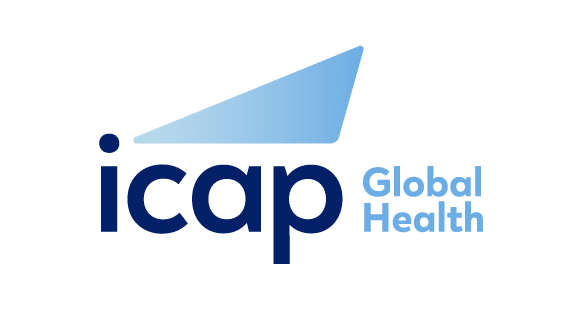Authors:
Joan Ponce, Justin T. Okano, Andrea Low, Luckson Dullie, Wongani Mzumara, Sally Blower
Abstract:
The Joint United Nations Programme on HIV and AIDS has proposed that human rights should be at the center of efforts to end the HIV pandemic and achieving equity in access to antiretroviral therapy (ART) and HIV healthcare is essential. Here we present a geospatial and geostatistical modeling framework for conducting, at the national level, an equity evaluation of access to ART. We apply our framework to Malawi, where HIV prevalence is ~9%. Access depends upon the number of available healthcare facilities (HCFs), the travel times needed to reach these HCFs, the mode of transportation used (walking, biking, driving) and the supply-to-demand ratio for ART at the HCFs. We find extreme inequities in access to ART. Access maps show striking geographic patterns, revealing clusters of communities with very low or high levels of access. We discover that an extreme geographic misalignment of healthcare resources with respect to need has generated a new type of medical desert: an HIV treatment desert. Around 23% of people living with HIV reside in deserts where they have to walk up to 3 h to reach HCFs; in 2020, these HCFs only received 3% of the national supply of ART. We recommend strategies for shrinking deserts; if not implemented, deserts will grow in size and number.







